What is the tolerance range of precision screws?
What is the tolerance range of precision screws?
Service Hotline
+86760-8787 8587We have more than ten years of experience in screw industry production, the main products are: A-type flat key, nylon stud MADA, high-strength screws, ASMEB18. Screws and screws, top pin rollers, claw-shaped speaker wood inlaid nuts, security copper studs, external thread through-hole screws, DIN981 stainless steel, round enlarged spacers, cross flat head insulating screws, hexagon socket head bolts, screws and nuts, hexagonal head thick Fasteners such as rod and half tooth bolts, due to the different materials and specifications of the products, the prices are also different, please contact us if necessary.


The flat screw mainly includes a rotating part and a screw locking part, wherein the rotating part and the screw locking part are respectively flat-shaped structures; At least two sides of the screw lock portion are respectively provided with tooth rows, and the two tooth rows are mutually dislocated, so that the screw lock portion can be locked in a pre-formed screw hole in the workpiece.

In the prior art, there are also automated equipment for riveting and assembling of hardware and handles; however, for the existing automated equipment, how to automatically and efficiently realize rivet feeding is particularly important.
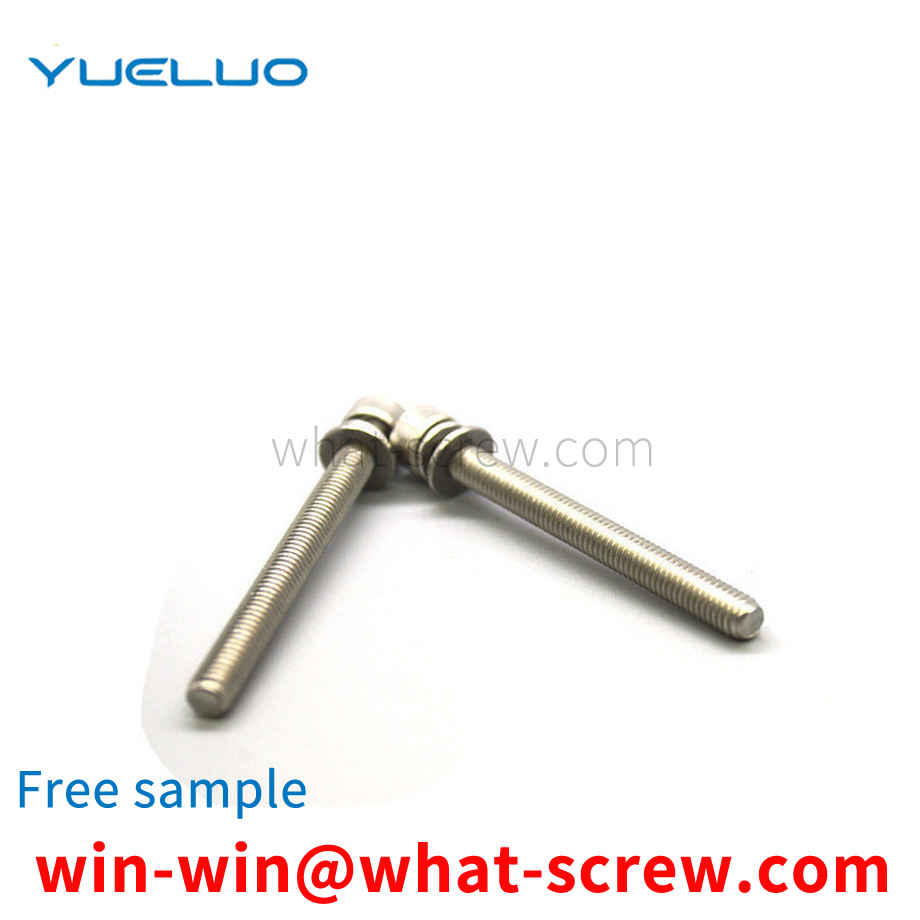
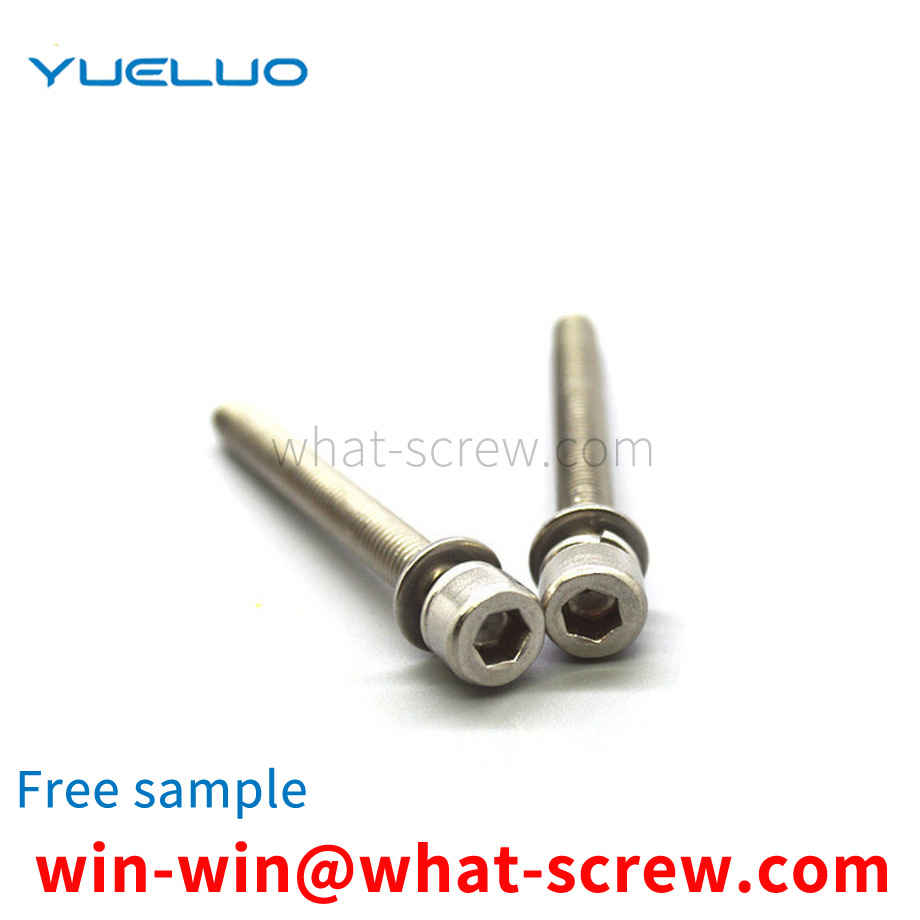
In order to tighten the fastener, the holding element of the tightening tool can hold the washer in engagement with the bolt to prevent the washer from rotating while allowing the rotating element of the tightening tool to rotate the nut. Such tools are disclosed, for example, in Application Serial Nos. 0/010377 and 10/120343. In this structure, since the same size washer cannot be arranged on the driving part and the fixing part, the driving part is made into the inner socket of the nut, and the fixing part is made into the outer socket of the washer, so , regular hexagonal nuts cannot be used. This is because, when just tightening the nut, the outer cavity cannot be removed since the hexagonal surface of the nut will not align with the hexagonal surface of the washer. Due to the larger diameter of the fastener formed as the outer cavity, side clearance problems may arise, thus increasing the cross-sectional profile of the hexagonal surface of the washer, which is undesirable.
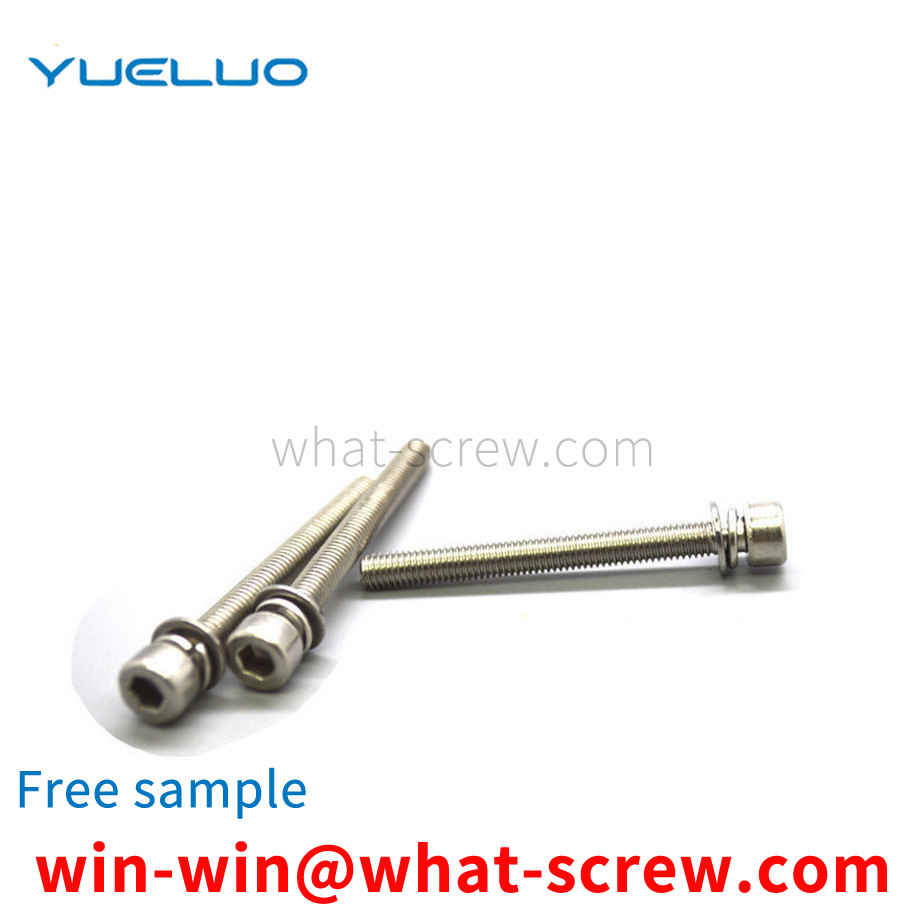
The elastic cylindrical pin, also known as the spring pin, is a headless hollow cylindrical body, which is slotted in the axial direction and chamfered at both ends. It is used for positioning, connection and fixation between parts. The outer diameter of the spring pin is usually slightly larger than the mounting hole. The deformation force generated by the elastic cylindrical pin to be restored to its original state by extrusion ensures the clamping effect of the elastic cylindrical pin. But just because of its clamping effect, it will play a big obstacle to the disassembly of the elastic cylindrical pin. When in use, the open end is extended out of the through hole on the pin shaft, and the open end is flared and separated to prevent the elastic cylindrical pin from sliding off the pin shaft to realize the function of preventing backlash. At present, the disassembly method of the elastic cylindrical pin usually uses a punching machine to remove the cylindrical pin, which easily destroys the equipment installed on the cylindrical pin, and the disassembled elastic cylindrical pin cannot be used again due to damage. One method is to insert the mounting pin with the clearance fit of the mandrel, punch the pin behind the mandrel to clamp the bottom of the cylindrical pin, and then pull out the cylindrical pin, which can only be used when the elastic mounting pin is installed in the through hole, and because it is necessary Applying force to the mandrel increases the difficulty of disassembly and increases the work intensity of the installer. Three methods are done by the installer using two needle nose pliers. Specifically, first use needle-nose pliers to clamp the ends of both sides of the elastic cylindrical pin, and then apply an inward force to the needle-nose pliers, so that both sides of the elastic cylindrical pin rotate in the same direction until the opening becomes smaller, and then Pull it out to remove it successfully. The defects of these existing methods are obvious. The shape of the disassembled elastic cylindrical pin is either unusable or the deformation of the cylindrical pin after disassembly is not uniform, which seriously affects the performance of the elastic cylindrical pin, resulting in waste and increased cost; The method is purely manual work, and sometimes it takes several repetitions to remove the elastic cylindrical pin. Due to the different installation positions of the elastic cylindrical pin, it sometimes increases the difficulty of disassembly, and it is difficult to remove the needle-nose pliers effectively. The pliers are difficult to construct, and the elastic cylindrical pins are easily damaged. If there are too many elastic cylindrical pins to be disassembled, the existing methods are often difficult to meet the needs, which not only consumes a lot of time and physical strength of the installer, but also makes it difficult to ensure the quality.
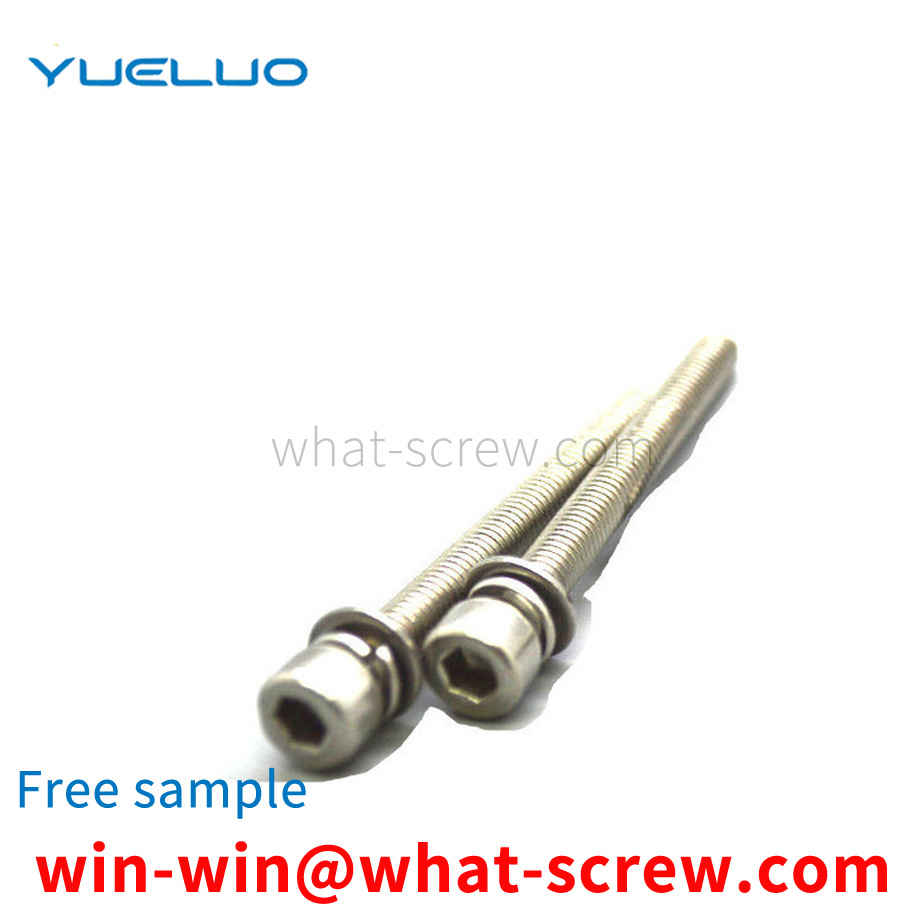
The above content is uploaded by Yueluo or the Internet. If there is any copyright issue, please contact [email protected].

What is the tolerance range of precision screws?

How to choose the right stainless steel screw manufacturer?

Why is there an R angle under the head of the hexagon head s...
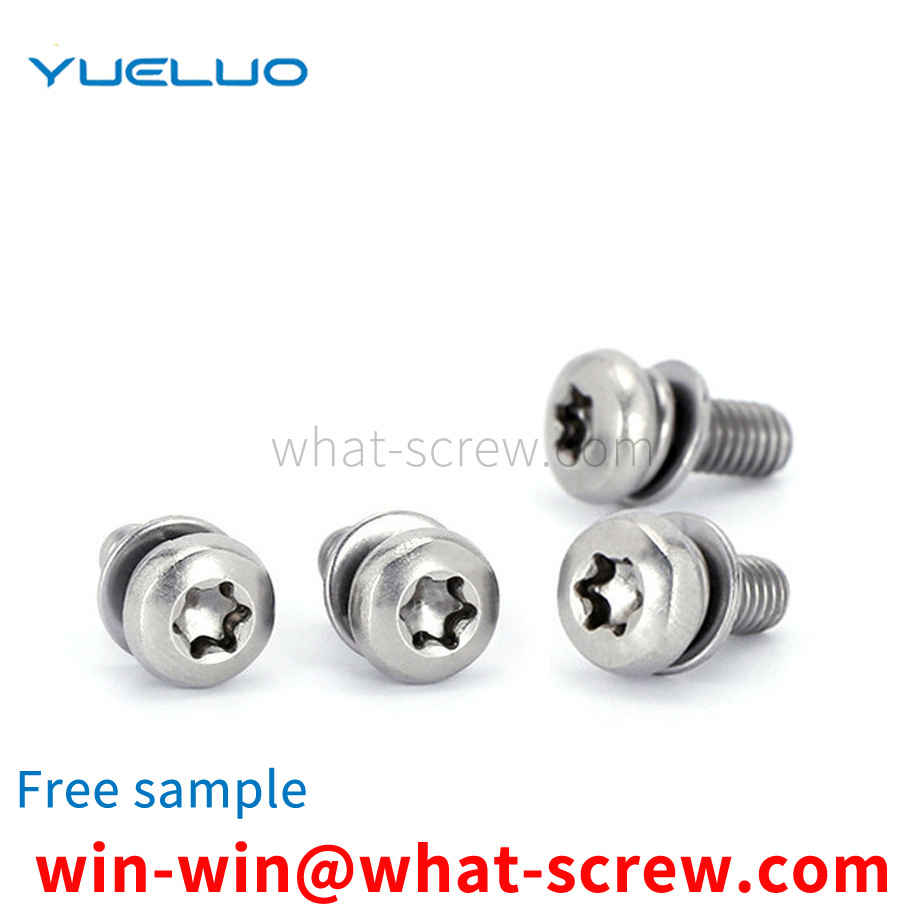
We have more than ten years of production experience in the ...

We have more than ten years of production experience in the ...

We have more than ten years of experience in screw industry ...
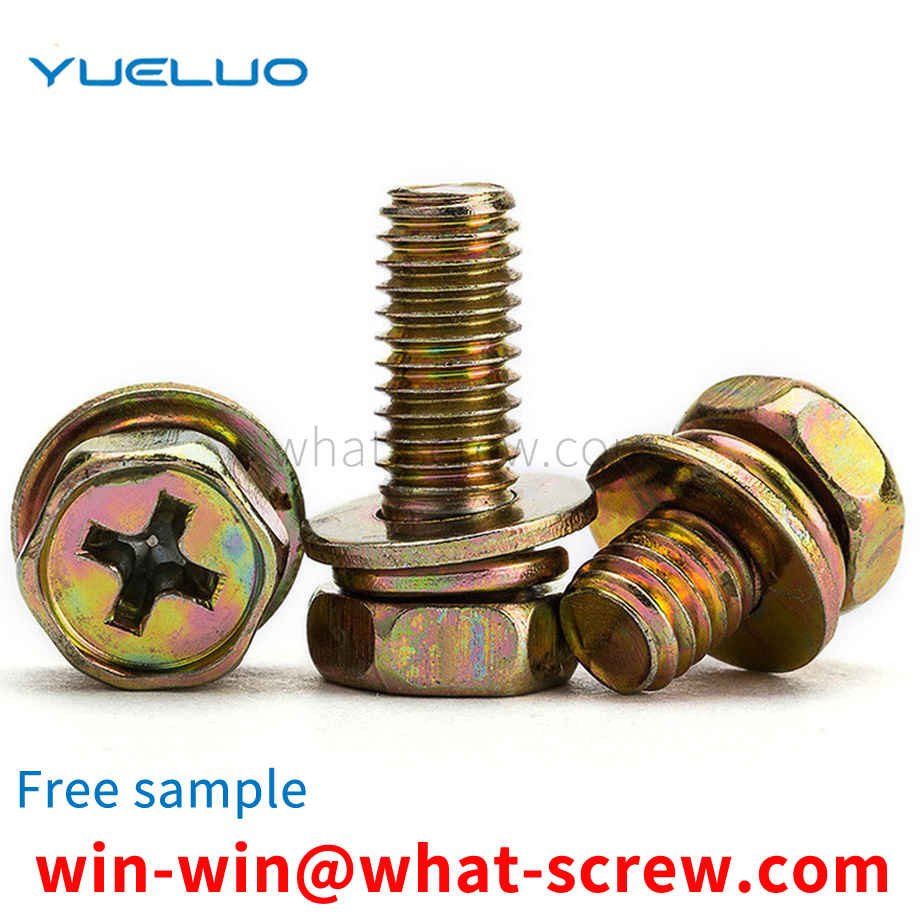
We have more than ten years of production experience in the ...